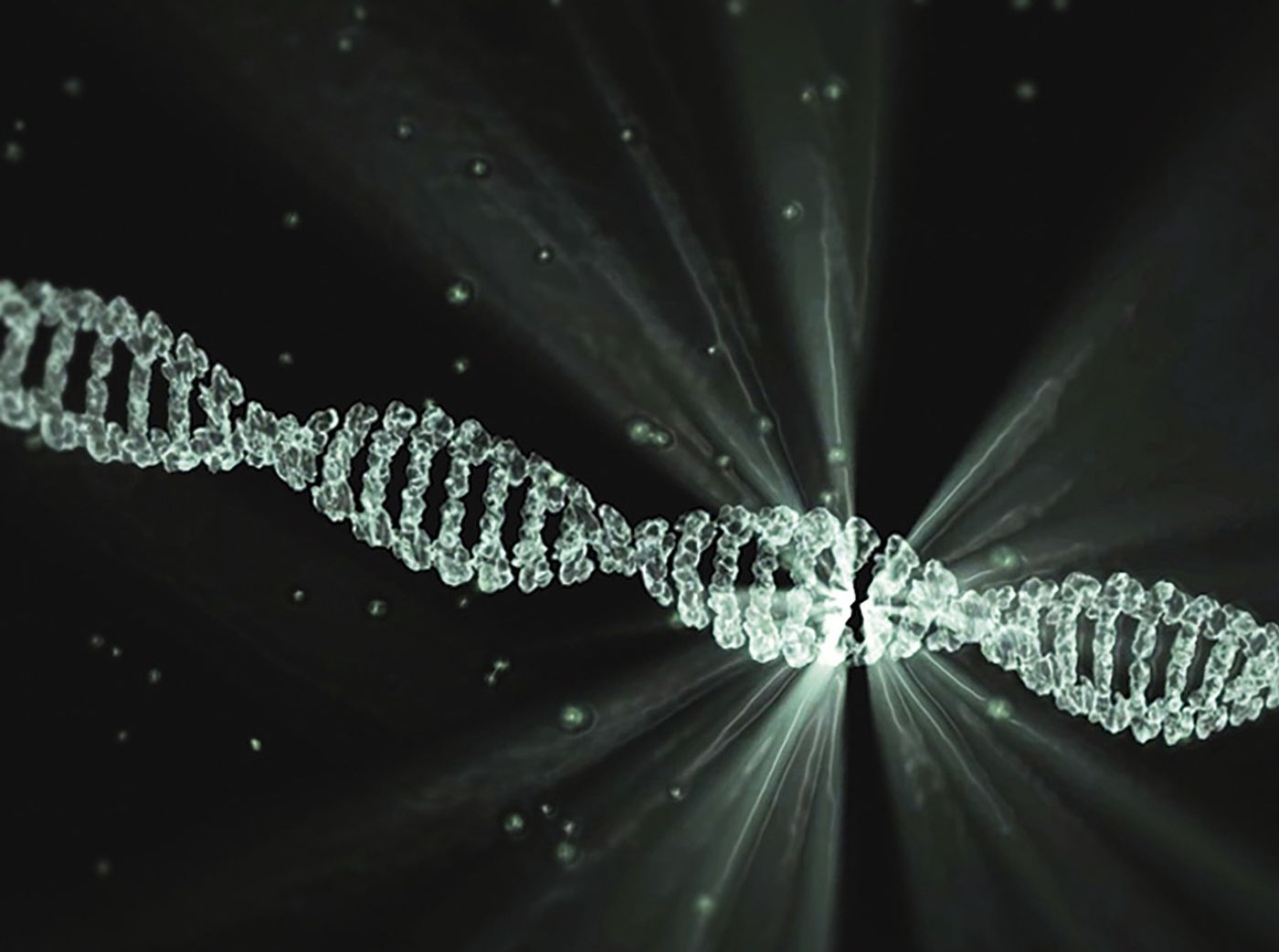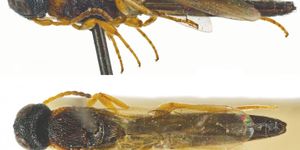Oops! I Broke My DNA
For humans, innate immunity is the first protection against dangers that lurk around our everyday lives. Innate immunity will protect the host from harmful factors like pathogens, UV-light and/or environmental toxins. Some threats gain access when there is a break in the skin barrier, the pre-defense mechanism before we rely on our innate and adaptive immune systems.
When the immune system detects harm, it will activate and begin fighting off the threat. Innate immune responses are general in nature, allowing their reaction time to be relatively quick when compared to adaptive immunity. The proteins involved can easily spot an invader based on conserved characteristics that give them away.
A recent study published in Molecular Cell by a team of researchers at Lancaster University finds that the innate immune system responded within hours of DNA damage. The team experimented on skin cell damage via chemotherapeutic threats. Alternate cell signaling routes have been shown to provide this innate activation based on the type of danger the host is exposed to.
In this case, the team observed immune cells such as cytokines and interferons aiding in the innate immune activation. Immune proteins known as interferons play a role in the clearing of invading pathogens. Cytokines are another type of immune protein that can send notice to the host that danger exists.
The Lancaster University team suggests that the immune system may have factors that contribute to alternate cell signaling that can be utilized depending on the type of threat at hand. To test this hypothesis, the researchers made use of CRISPR-Cas9, a genetic editing tool, to remove the immune genes that produce the interferons and cytokines from the skin cells to see if there was any change with the activation methods involved. The work revealed the truth that there are indeed alternate pathways available to the host that allow DNA repair.
The team provided statements alluding to alternate activation pathways of DNA repair giving protection to hosts from potential cancer cell developments that result from UV-light exposure, for example. "We have discovered a new way in which our cells can switch on an immune response in the skin. It is possible that our immune cells use this alarm system to detect damaged skin cells, and prevents them from becoming cancerous. This is a very exciting first step, but much more work needs to be done to find out how this discovery may be used for medical applications, for instance in cancer immunotherapy,” Dr. Leonie Unterholzner of Lancaster University. The next step here is to continue identifying the immune response’s role with regards to DNA damage and repair.
Source: Medical Press, Molecular Cell










